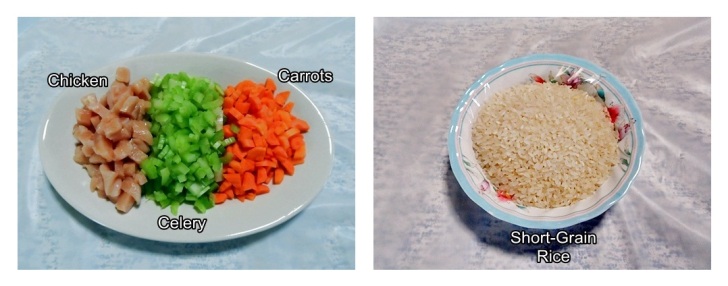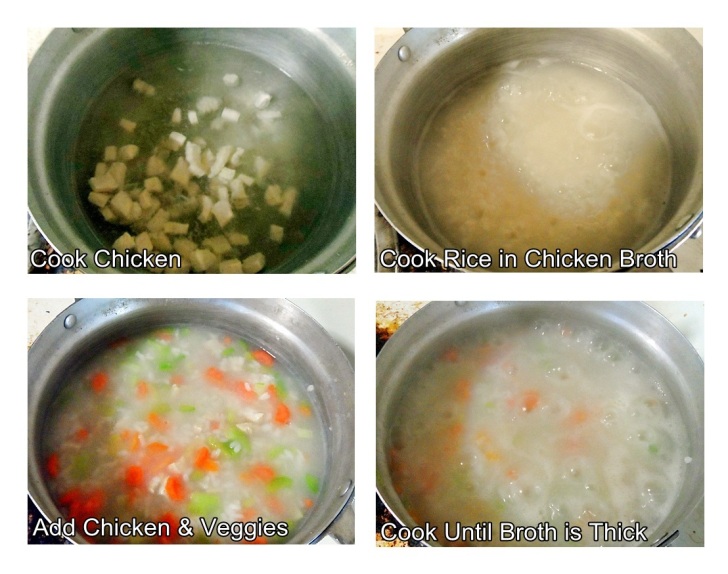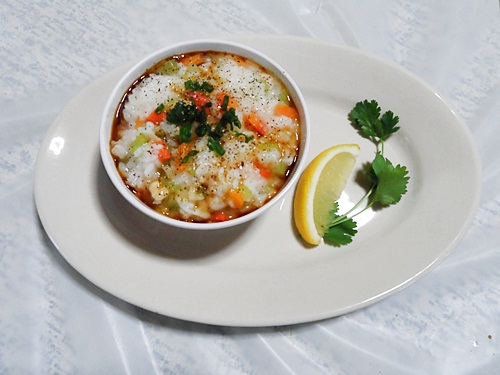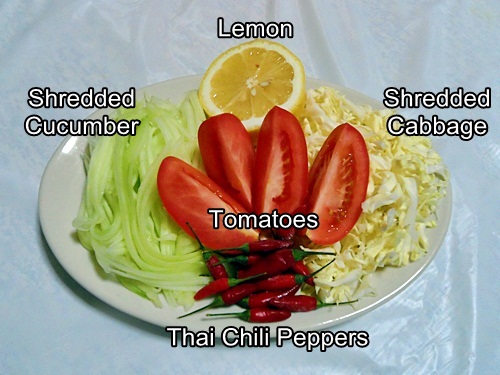The weather’s getting nicer outside and that means that many people have started their gardening. In the Hmong-American culture, gardening is a large part of many older Hmong people’s daily summer routine. This article by Young Kim details Hmong-American farming from a unique perspective.
Gardening helps keep the older Hmong generation active, provides abundant vegetables, and brings back good memories of their traditional farming practices in Laos/Thailand. For many, they have continued to grow traditional crops such as mustard greens, bok choy, and corn. Additionally, they have adopted non-traditional crops as well. Some of these are zucchinis, yellow squash, and bell peppers which I will be using to make a veggie stir-fry for this blog post.
The beauty of this veggie stir-fry dish is that it is both healthy and easy to make. Total prepping and cooking time is between 15-20 minutes, which is great for individuals with a busy schedule like me. Let’s get started, shall we?
Meet the Main Ingredients
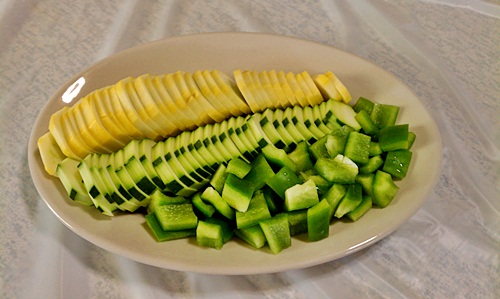
Ingredients List:
- 1 small zucchini
- 1 small yellow squash
- 1/2 large green bell pepper (Or any color of your choice)
- 1 tbsp salt
- Black Pepper
- 1 tsp Kwong Hung Seng Sweet Soy Sauce
- 1 tsp Lee Kum Kee Oyster Sauce
- Vetetable Oil Spray
Preparation
- (Optional) Skin zucchini and yellow squash to create a striped design as I did for this blog
- Chop up vegetables
Cooking Instructions

- Lightly spray cooking pan with vegetable oil spray
- Put on high heat on stove top
- Add in the chopped up vegetables
- Cook until veggies start to soften
- Add 1 tbsp salt
- Add sauces and black pepper
- Cook for approximately 5-8 minutes total or until veggies are soft
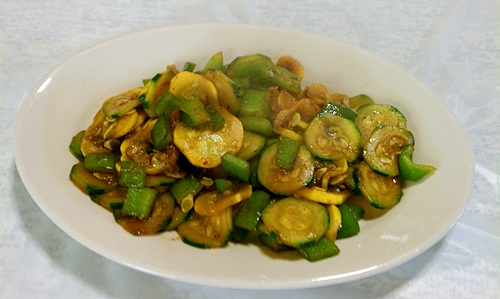
Presentation: Healthy Vegetable Stir-fry
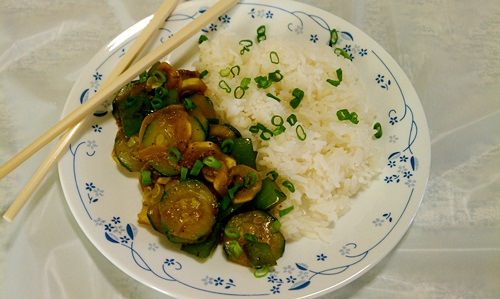
- Scoop some stir-fry onto a plate
- Add a side of rice
- Garnish with a sprinkle of chopped green onion
Alternatives
- If you don’t like the sauce flavor, try making it with just salt and pepper
- Try other veggies such as mushrooms, broccoli, or even tomatoes
- Add meat in for some protein and a little texture
//
